Seven Retail Logistics Insights for Modern Retailers
Read time: 5 minutesToday’s retail landscape is defined by shifting customer expectations, growing cities, and rapid digital transformation. Dr. George Ninikas, a logistics expert at ORTEC, shares seven practical retail logistics insights to help supermarkets, e-commerce, and grocery leaders address challenges and create more resilient, efficient supply chains. These actionable ideas focus on what truly matters to retailers: cost control, streamlined operations, and outstanding customer experiences.
Want to deepen your understanding of advanced store delivery logistics? Explore our E-Guide "5 Steps to Transform Store Delivery with Advanced Planning Solutions", for valuable insights and strategies, or check out our latest article “What’s Next in Store Delivery Optimization? 6 Trends Shaping 2030 Logistics”.
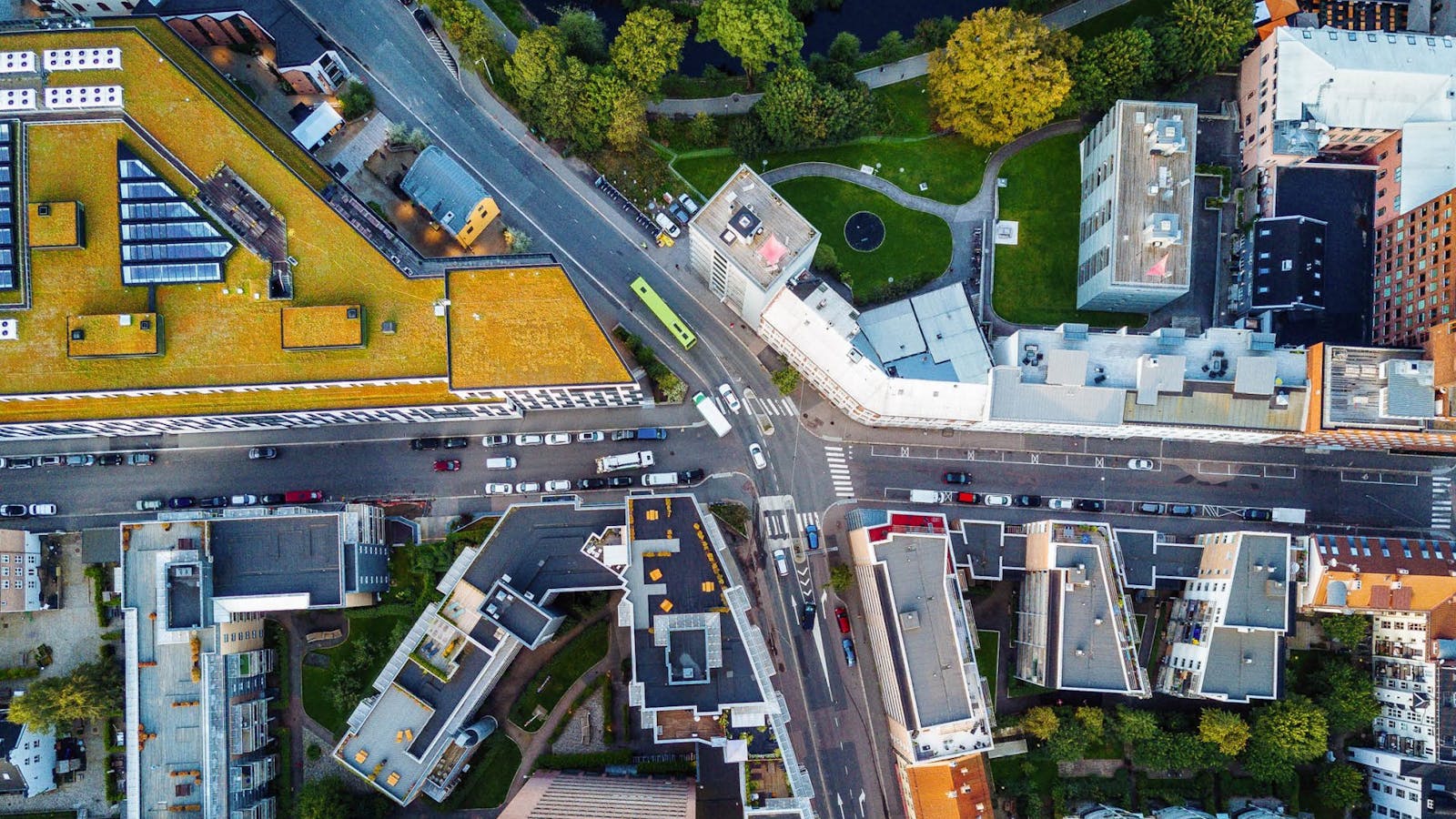
1. How Does Urbanization Affect Retail Logistics?
George Ninikas explains that urbanization isn’t just a demographic shift—it’s reshaping retail supply chains. As more people move to city centers, there’s a new focus on smaller convenience stores instead of suburban supermarkets. “With households getting smaller and stores having limited storage, frequent, small deliveries are becoming normal,” he says.
Navigating city congestion is a logistical hurdle. Large trucks are impractical, so smaller vehicles and flexible dispatch models are now essential. Smart last mile delivery planning helps retailers keep shelves stocked and customers satisfied, even as delivery frequency increases and access becomes more challenging.
Key Benefit: Retailers can match inventory to real-time demand, reduce out-of-stocks, and efficiently serve urban shoppers.

2. What Do Digital Consumers Expect from Delivery?
Ninikas notes, “Today’s customer expects to buy anywhere and receive orders anytime.” Digital transformation has made grocery delivery—along with services like curbside pickup and white glove delivery—a must. Fulfilling online orders directly from stores adds complexity to logistics management.
He points out that the last mile delivery is often the most expensive part of fulfilling online orders. "Reducing these costs, with route optimization and smart delivery management software, can make your omnichannel operations profitable," says George Ninikas.
Key Benefit: Meeting consumer demands for flexible, fast fulfillment—while containing delivery costs—drives customer loyalty and supports sustainable business growth.

3. How Can Retailers Predict and Plan for the Unexpected?
According to Dr. Ninikas, "Retail is unpredictable—weather, holidays, and even major events can disrupt supply chains." Instead of reacting, he recommends predictive planning driven by logistics management software. This approach anticipates demand swings, allowing for real-time adjustments.
By preparing various delivery and stock scenarios—say, planning for road closures or spikes in online grocery shopping—retailers are better equipped for any situation. Dr. Ninikas emphasizes, “Proactive planning, not just observation, separates successful retailers from the rest.”
Key Benefit: Greater agility leads to fewer missed deliveries, stable stock levels, and happy customers despite external disruptions.
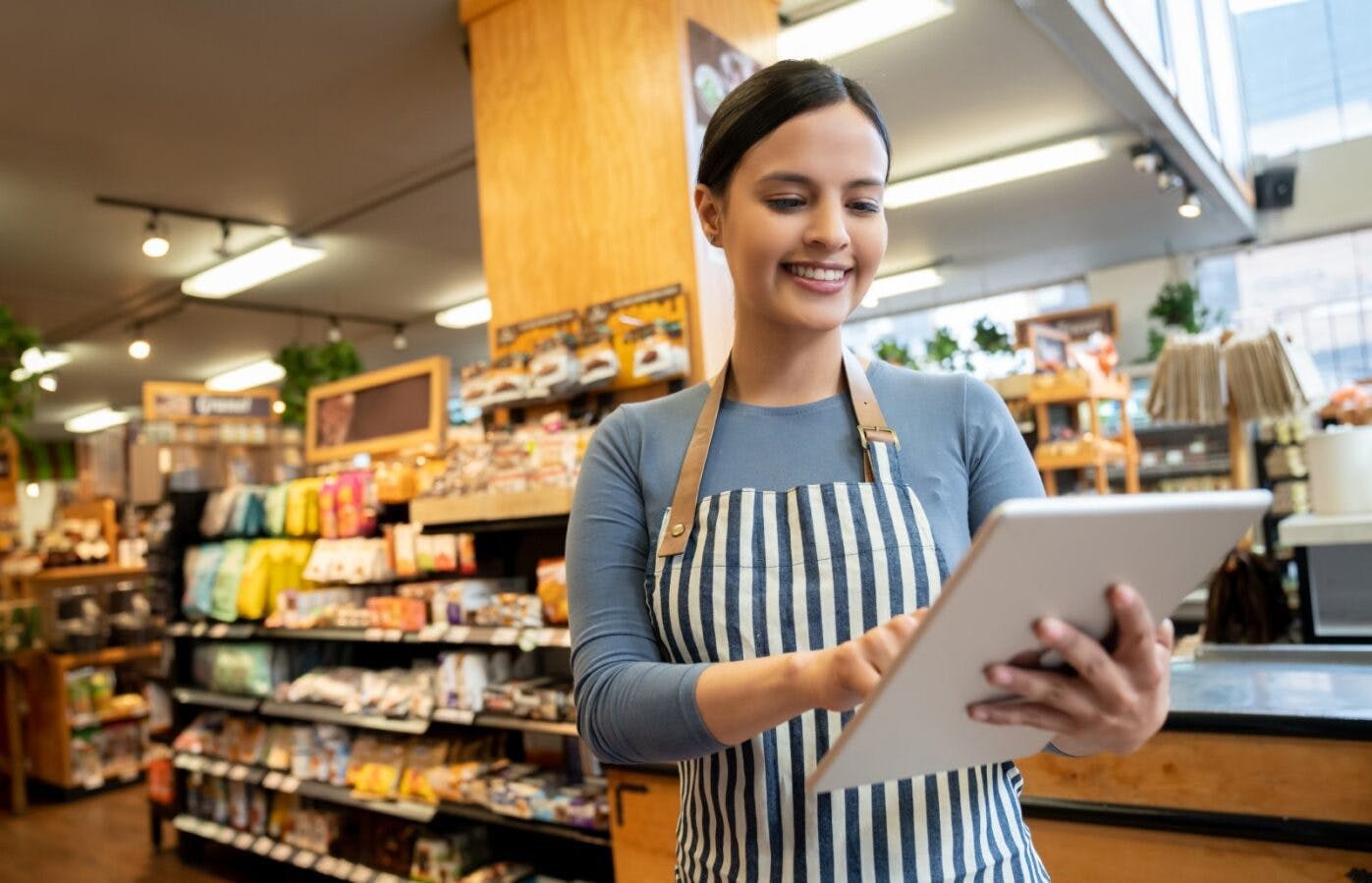
4. Why Is Collaboration Important for Retail Logistics?
George Ninikas observes, "Retailers no longer work alone. Partnering with specialized 3PL logistics providers brings flexibility, especially during demand peaks." These collaborations allow businesses to focus resources where they’re needed most, such as final mile delivery or ecommerce fulfillment.
Tools like a control tower create end-to-end visibility into shipments, delivery statuses, and even delivery exception events—all vital for managing costs and customer expectations.
Key Benefit: Enhanced flexibility and supply chain transparency minimize risk and give more control, even when working with external partners.
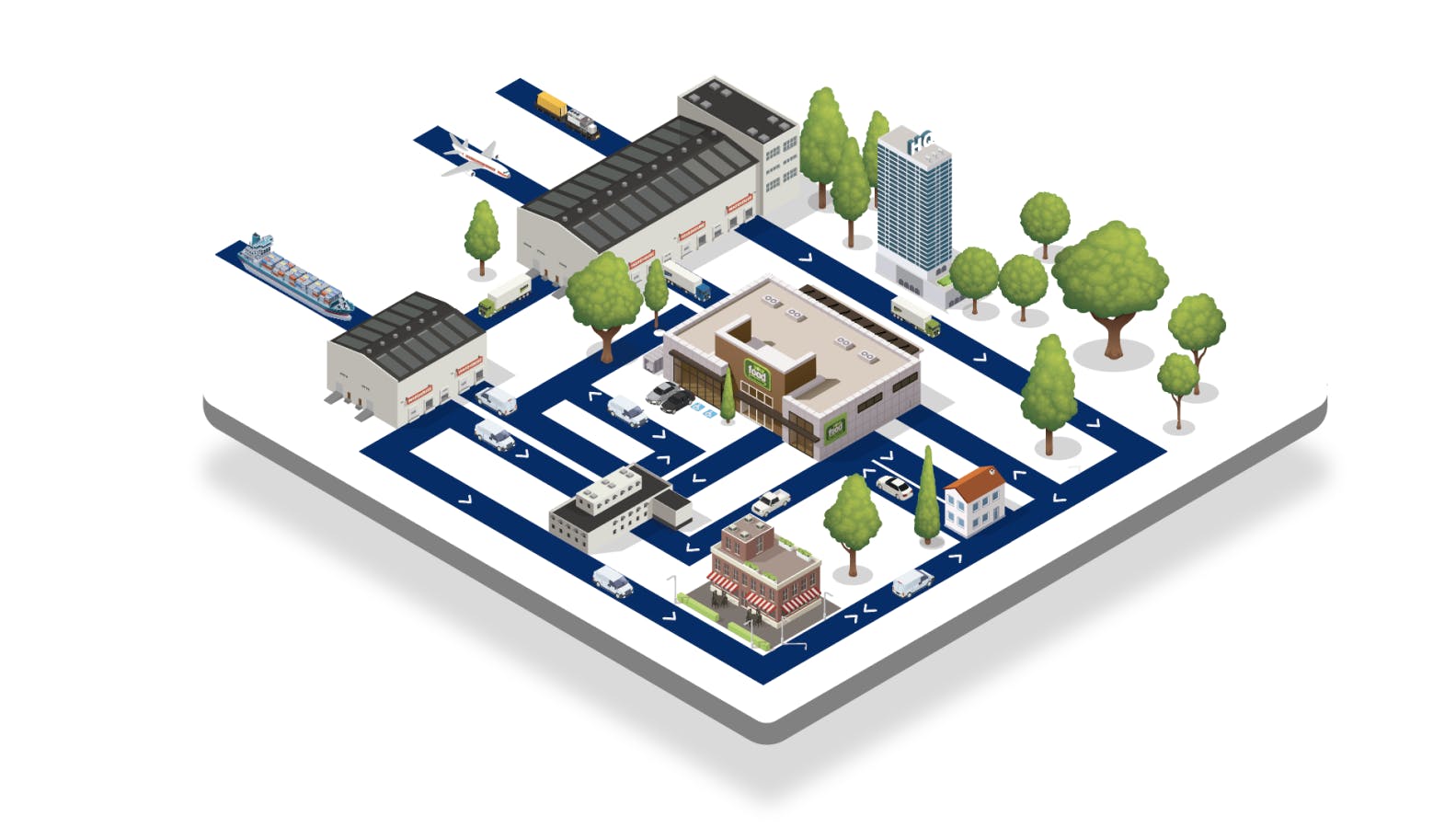
5. How Are Sustainability and Green Mobility Shaping Retail Logistics?
Dr. Ninikas highlights, “Consumers and regulators expect retailers to act on sustainability.” This means adopting electric fleets and smarter route optimization software. He discusses the logistical questions of depot versus in-route charging and notes that integrating dynamic routing with electric vehicle management is an evolving best practice.
Operational data helps weigh environmental impact, operational costs, and practical delivery constraints. Planning smarter routes for home delivery grocery not only cuts emissions—it also reduces costs.
Key Benefit: Efficient, environmentally friendly delivery options meet stakeholder expectations and keep logistics future-proof.
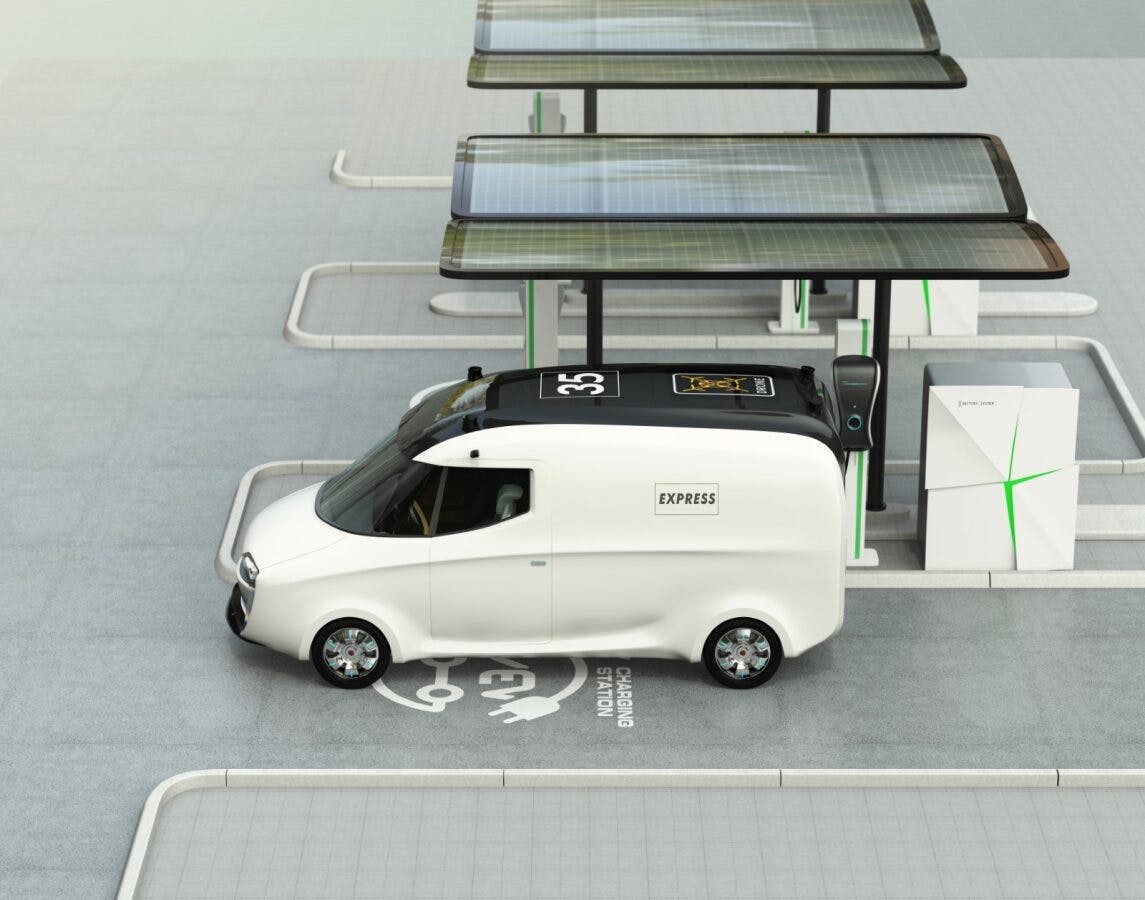
6. How Are Retailers Tackling Labor Shortages?
“People are the backbone of any retail operation,” says Dr. Ninikas. The sector faces two main problems: warehouse labor shortages and delivery driver scarcity. He advises retailers use digital tools for smarter workforce allocation. “With integrated scheduling, staff can manage their shifts, improving retention and ensuring coverage across departments,” he adds.
Leveraging dispatch software streamlines assignments, ensures critical deliveries like same day grocery delivery are staffed, and improves both staff satisfaction and service reliability.
Key Benefit: Better workforce management leads to fewer service gaps, lower turnover, and smoother daily operations.
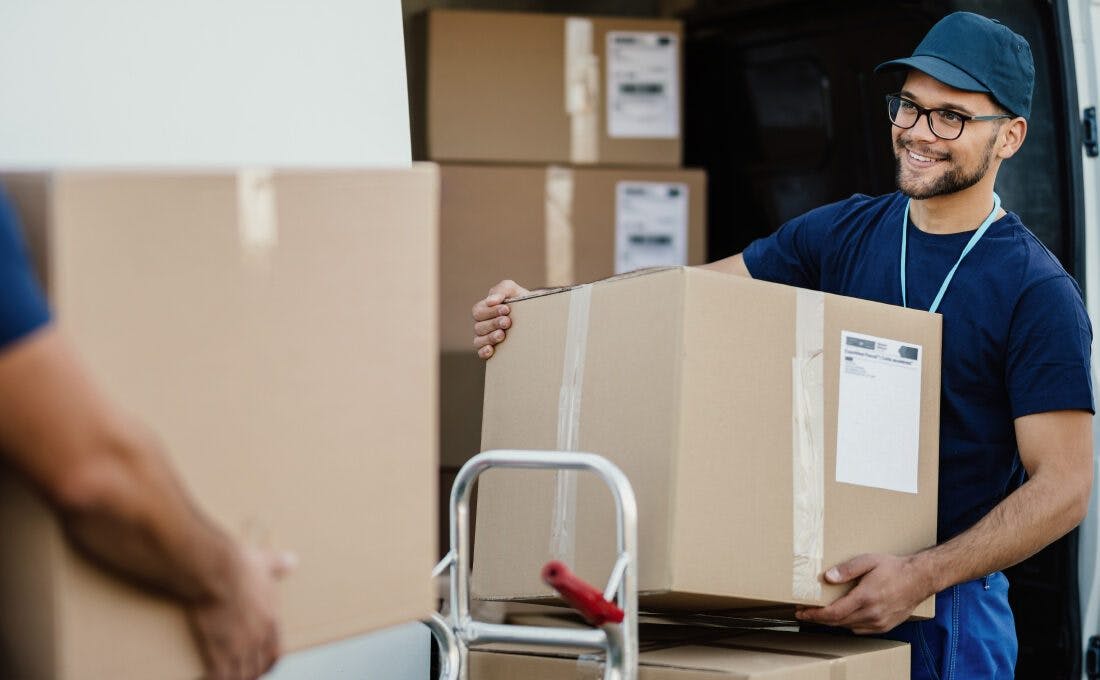
7. What Role Does Artificial Intelligence Play in Retail Logistics?
Finally, Dr. Ninikas reveals, “AI combines real-time data with predictive analytics for actionable logistics insights.” Modern logistics software can track shipments, vehicles, and delivery performance with precision. Tools like delivery routing software help optimize schedules, manage exceptions, and provide accurate estimated time of arrival for every shipment.
AI-powered systems help retailers react to changes on the fly—rerouting trucks after a delay or flagging risks before they become problems. This technology reduces errors and optimizes every stage of the delivery process.
Key Benefit: AI delivers real, measurable improvements in speed, cost-effectiveness, and customer satisfaction.

Read the Full Interview
This article is part of the 5th issue of our magazine Data and AI in the Boardroom. Get your copy now.
We've asked leading figures in different sectors about how their organizations go beyond maximizing supply chain efficiency by adapting quickly to the ever changing market.
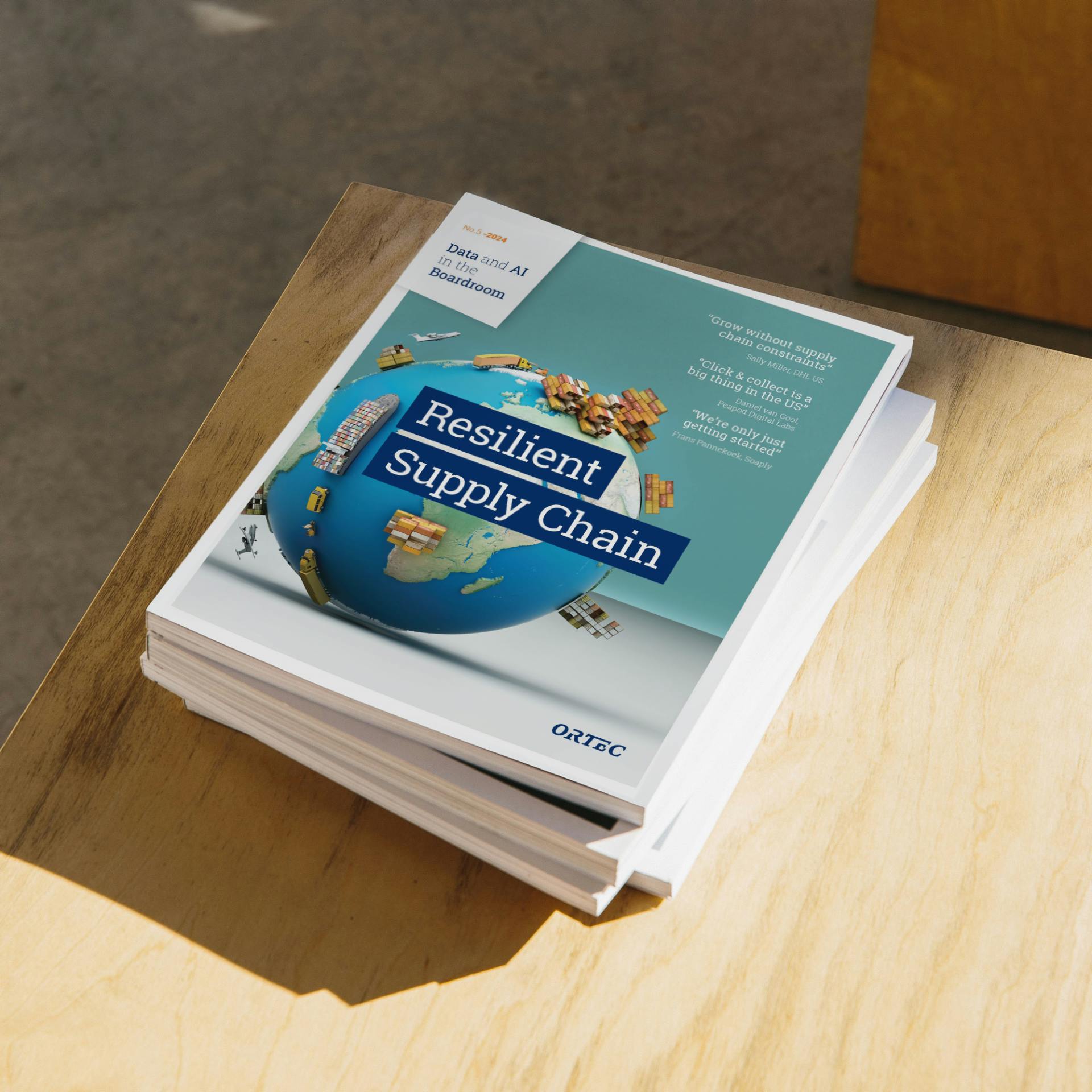
Want More Practical Insights?
Effective retail logistics is the backbone of profitable, customer-focused grocery, e-commerce, and supermarket operations. ORTEC and Dr. Georgios Ninikas invite you to explore these seven insights in depth—tailored to your challenges.
Ready to see how advanced solutions improve delivery, staffing, and customer experience? Get in touch or request a live demo today. Let’s build a smarter, more responsive retail supply chain together.